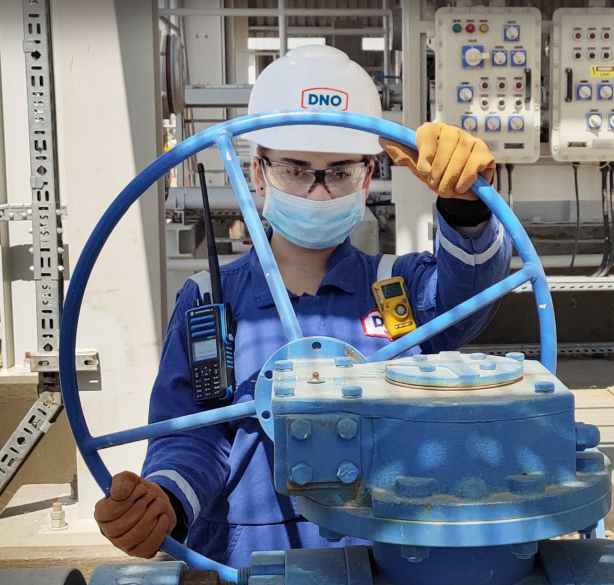
DNO decarbonisation project in Iraq begins
OSLO, September 14, 2020
Norwegian oil and gas operator DNO has said the Peshkabir Gas Capture and Injection Project in its Tawke license in the Kurdistan region of Iraq is onstream and has reached the 1 billion cu ft of gas injection milestone.
The $110-million project is expected to reduce annual emissions from the company’s operated production by over 300,000 tonnes of CO2 equivalent, offsetting the emissions from some 150,000 automobiles.
Engineering and construction were launched in mid-2018 and commissioning completed in mid-2020 in what is the first gas capture and storage project in Kurdistan. Some 20 million cu ft a day of previously flared gas at the Peshkabir field is gathered, treated and transported 80 km by pipeline to the Tawke field where it is injected for storage and reservoir pressure recharging.
Effective June 2020, the project halves the average carbon intensity of the company’s operated production from 14 kg CO2 equivalent for each barrel of oil equivalent produced (kg CO2e/boe) to an average of 7 kg CO2e/boe.
This compares to the target set by a group of 12 of the world’s largest oil companies comprising the Oil and Gas Climate Initiative (OGCI) to reduce the average carbon intensity of their aggregated upstream oil and gas operations to between 20-21 kg CO2e/boe by 2025 from a collective baseline of 23 kg CO2e/boe in 2017.
“Gas injection and the associated carbon capture and storage is proven, practical and potentially profitable,” said Bijan Mossavar-Rahmani, DNO’s Executive Chairman.
“Our project was completed on schedule and on budget notwithstanding the challenges of working in what is still a frontier oil and gas operating environment and the obstacles posed in the late stages by the Covid-19 pandemic,” he added.
Gas flaring at the Peshkabir field has been reduced by over 75 per cent, with work underway to reduce it further. Any Peshkabir field injected gas produced at the Tawke field will be recovered and recycled into the latter or used as fuel to displace diesel.
Reservoir models suggest gas injection will increase gross Tawke field recoverable volume by 15 to 80 million barrels of oil, of which 23 million barrels are included in the gross proven and probable (2P) Tawke field reserves in the DNO 2019 Annual Statement of Reserves and Resources.
DNO’s greenhouse gas emissions increased following commencement of production from the Peshkabir field in 2017 as the oil contains a relatively high associated gas content. Flaring from the Peshkabir field was the largest single contributor to DNO’s total 2019 greenhouse gas emissions of 639,200 tonnes of CO2e.
Mossavar-Rahmani announced the launch of a new initiative to more actively measure, monitor and mitigate methane leakages at DNO’s operated sites, noting that while CO2 emissions from oil and gas operations receive the greatest attention, methane emissions are a significant but underreported source of greenhouse gas with an impact 25 times greater than CO2 on a 100-year horizon.
DNO operates the Tawke license containing the Tawke and Peshkabir fields with a 75 per cent interest; partner Genel Energy plc holds the remaining 25 percent.
The company will publish its corporate social responsibility report, which covers greenhouse gas emissions developments and strategies, in the coming days. --Traderabia News Service







